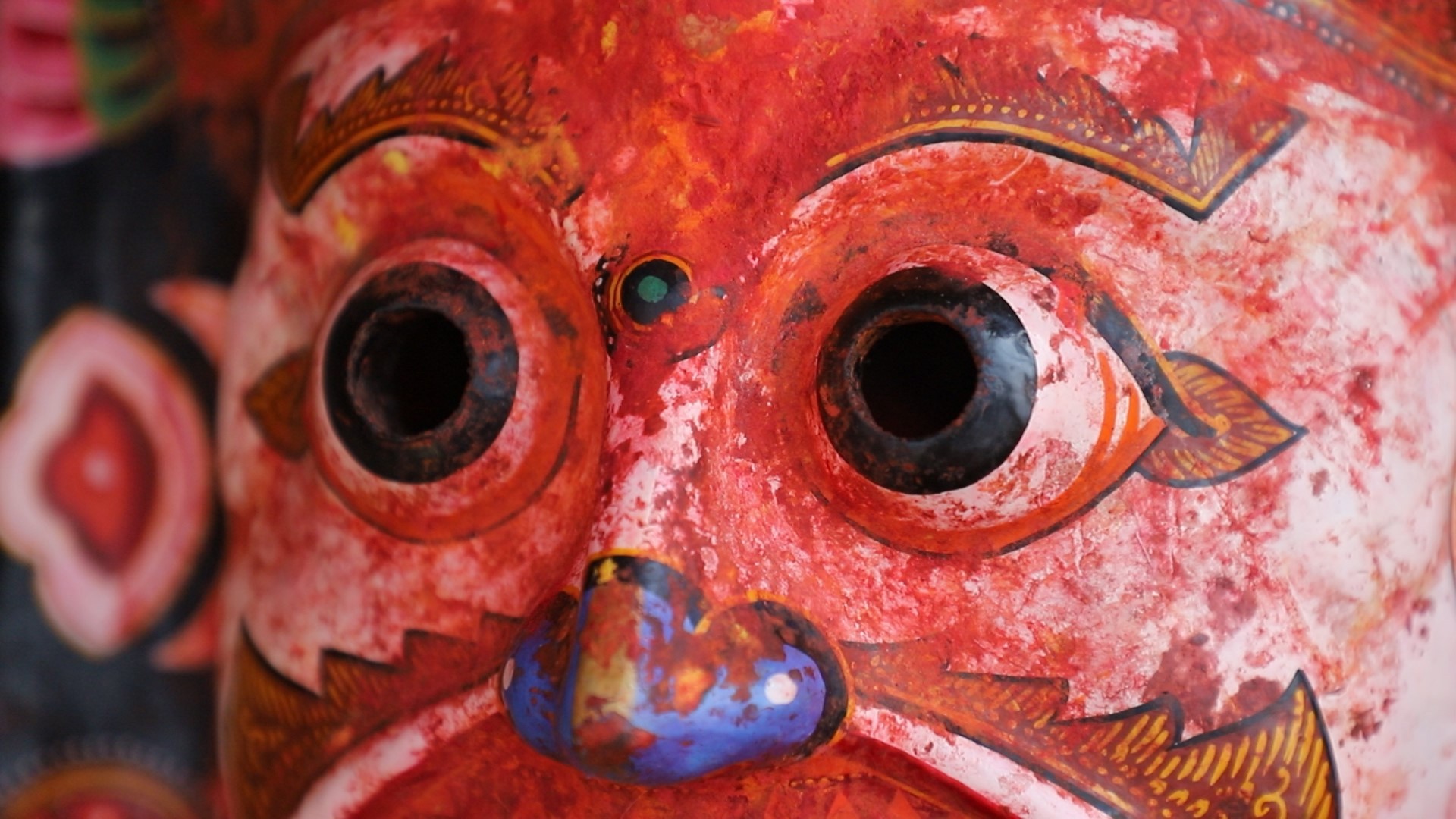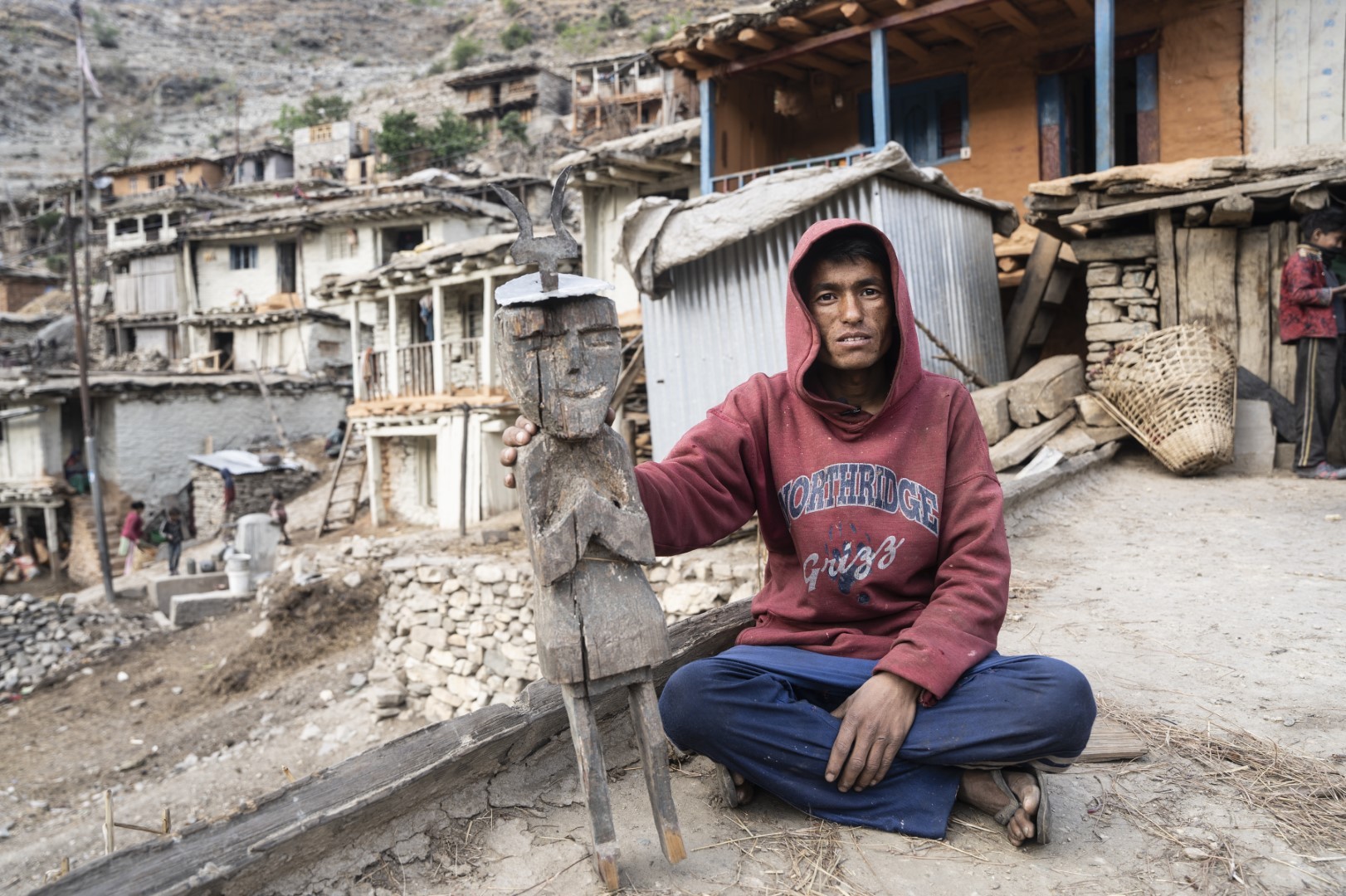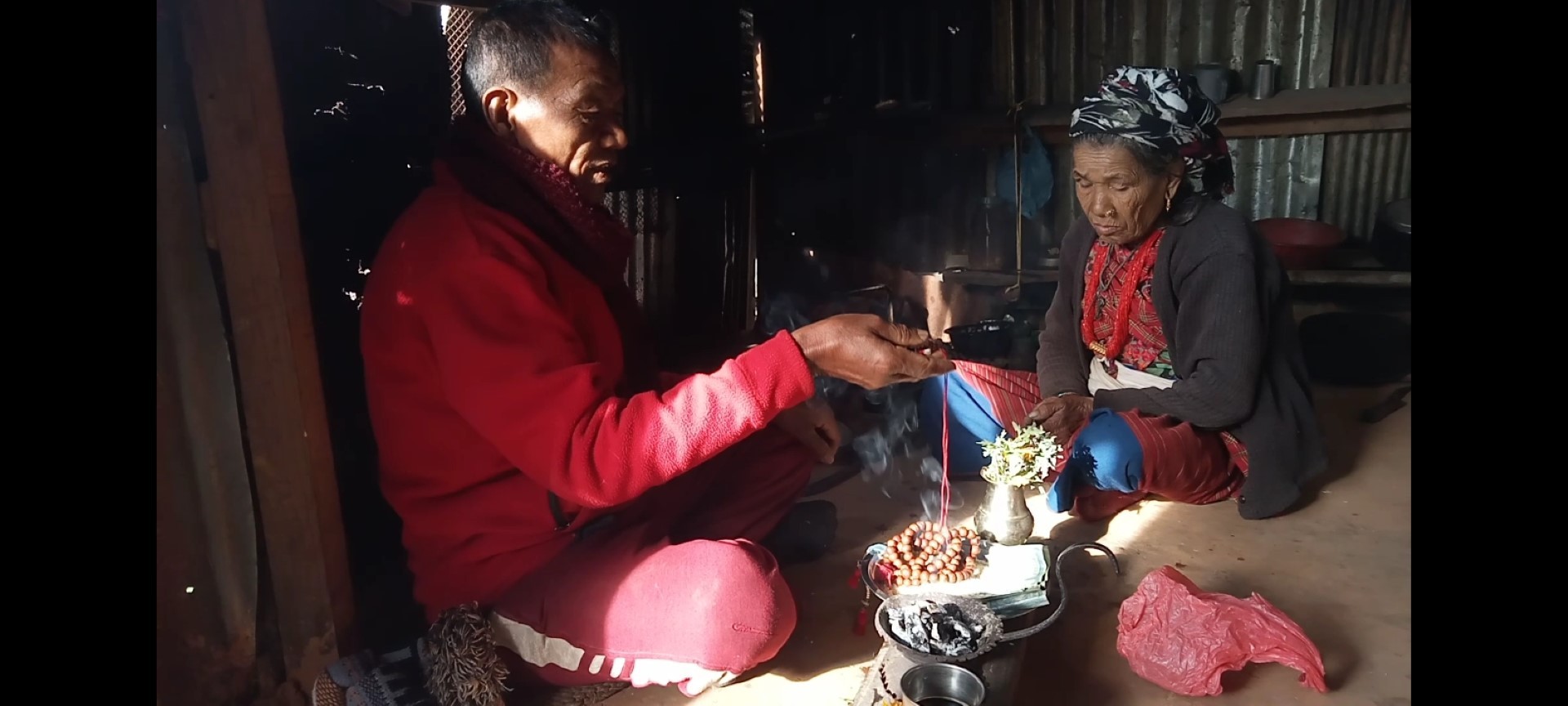
Research by: Tenzing Sedon Ukyab
Image credit: Artree Nepal
Many indigenous communities believe in traditional healing practices that have their roots embedded in religion or belief systems. The Tamang community in Nuwakot follow the Bon, an indigenous religion of Tibet that found its way to Nepal through migration. Local Tamang medicine and healing traditions in Nuwakot are embedded in Bonpo religion and text and share similarities with their Tibetan Buddhism counterparts where the notions of identity revolve around two medical texts: the Gyüshi (rGyud bzhi), for Buddhist tradition, and the Bumshi (’Bum bzhi), for Bon tradition.
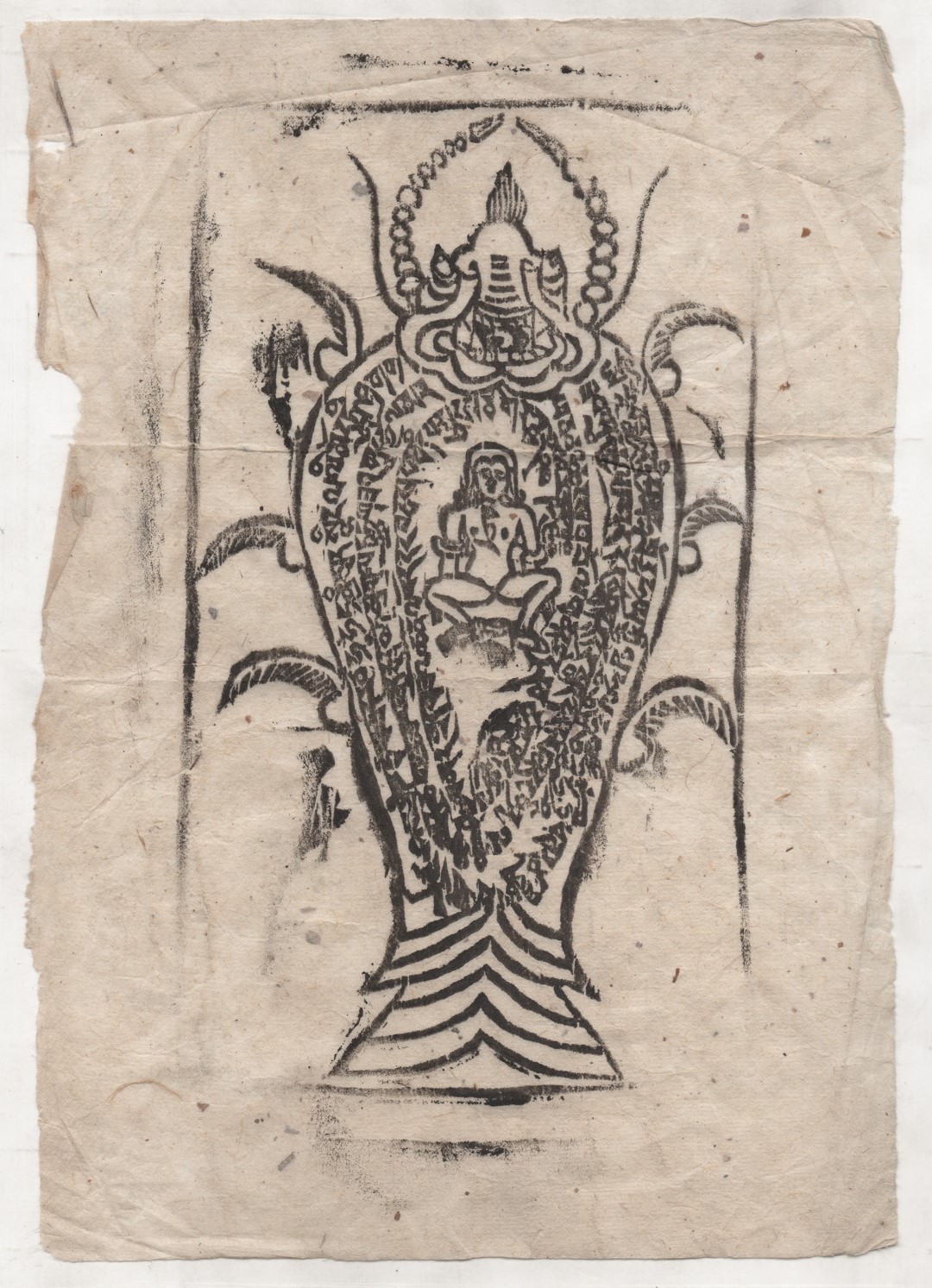
According to the Way of the Bon, existence is the result of three essential energies: the La, Sog and Tse. La is the soul. The Sog is the life force. The Tse is the lifespan; which is the unification of La and Sog. Through healing practice and practice in general the energies of La, Sog, and Tse can be balanced. Healing also encompasses the physical, mental, and emotional dimensions. Disturbances in any of these aspects can contribute to illness. Consequently, the healing practice works on all three aspects to clear physical illness as well as disturbances in the mind and feelings.
Chija Lama is a practicing traditional healer trained in the local Tamang medicine and healing tradition. He makes amulets as a part of the healing practice and is known for his woodblock prints which are carved in a freehand manner where the contents usually consist of specific healing mantras, and symbols.
Every paper amulet is made by an elaborate traditional process as described in tantras, or the instructions of great Lamas. Each amulet has a specific purpose, that can be connected to the medical diagnosis of the person wearing it. According to the instructions for each amulet, meticulously drawn and printed sacred drawings like yantra or mandala can be found. The prints can contain mantras & seed-syllables (mantras) of the deity to which the person makes his practice, but it can also contain something more in general, such as the mantra of a protector deity. They are sometimes printed or painted with rare or precious substances which have an auspicious connection for the intended purpose. Some can also be consecrated by being coated with saffron water containing relics and sacred substances. The amulets are folded or rolled and then tied in a specific way. They are wrapped or wound with colored thread signifying particular elements the amulet is connected to. They are usually worn around the neck, at the level of the heart. But they don’t have to be worn on the body, they can also be placed somewhere in the house for their power like affixed above a door, hung on traveling bags. There are also specific amulets that are made for animals and cattle for protection and safety.

The interaction between Chija Lama, as a healer and the community, is based on faith and trust, where the process involves Chija Lama as an amulet maker, but also as an advisor, examining, listening, and understanding the problem at hand, providing psychological reassurance, diagnosis of the cause, solutions that involve ritual, chanting meditation, and lastly the ‘Buti’, or amulet for healing and protection. Being a specialist in the field with his years of experience the amulet is not only prized but also known to be blessed by a knowledgeable maker.
Colloquially within the communities even today an amulet will be referred to as a ‘precious blessing’ and worn on a day-to-day basis. The difference is that many of the amulets worn by the majority today are digitally printed and quite often laminated or encased in a plastic cover to water-proof for easy wear, which is in contrast to the metal gau (amulet box) used in earlier times.

The availability and the commercialization of modern amulets have created accessibility for people both within and outside of the Himalayan community, making a cultural shift from the traditional practice. While the purpose of modern amulet adheres to religious rules, meets the need of the people, and still remains a living common practice, making traditional amulets is a dying practice with which the laborious wood carving techniques, color making process, and printing techniques that take years to master will be lost.
The traditional amulet-making practice is not just significant for its distinct craftsmanship and spiritual value, it also holds generations of indigenous knowledge about spirituality, religion, uses of local resources, and belief of the Tamang community in Nuwakot. Healers like Chija Lama serve as a guardian of sorts for they provide advice, hope, and reassurance, and are among the last bearer of knowledge that is critical to the indigenous way of life.
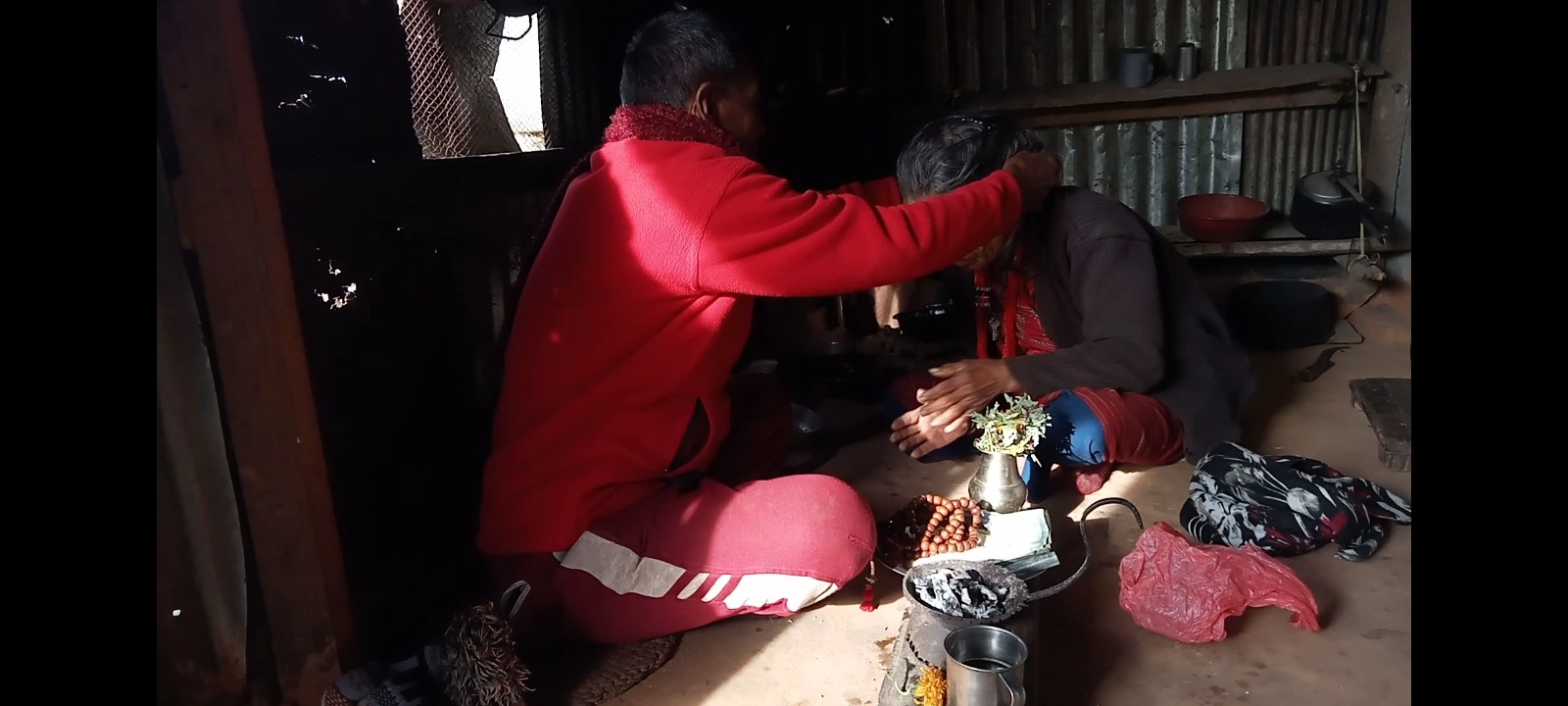
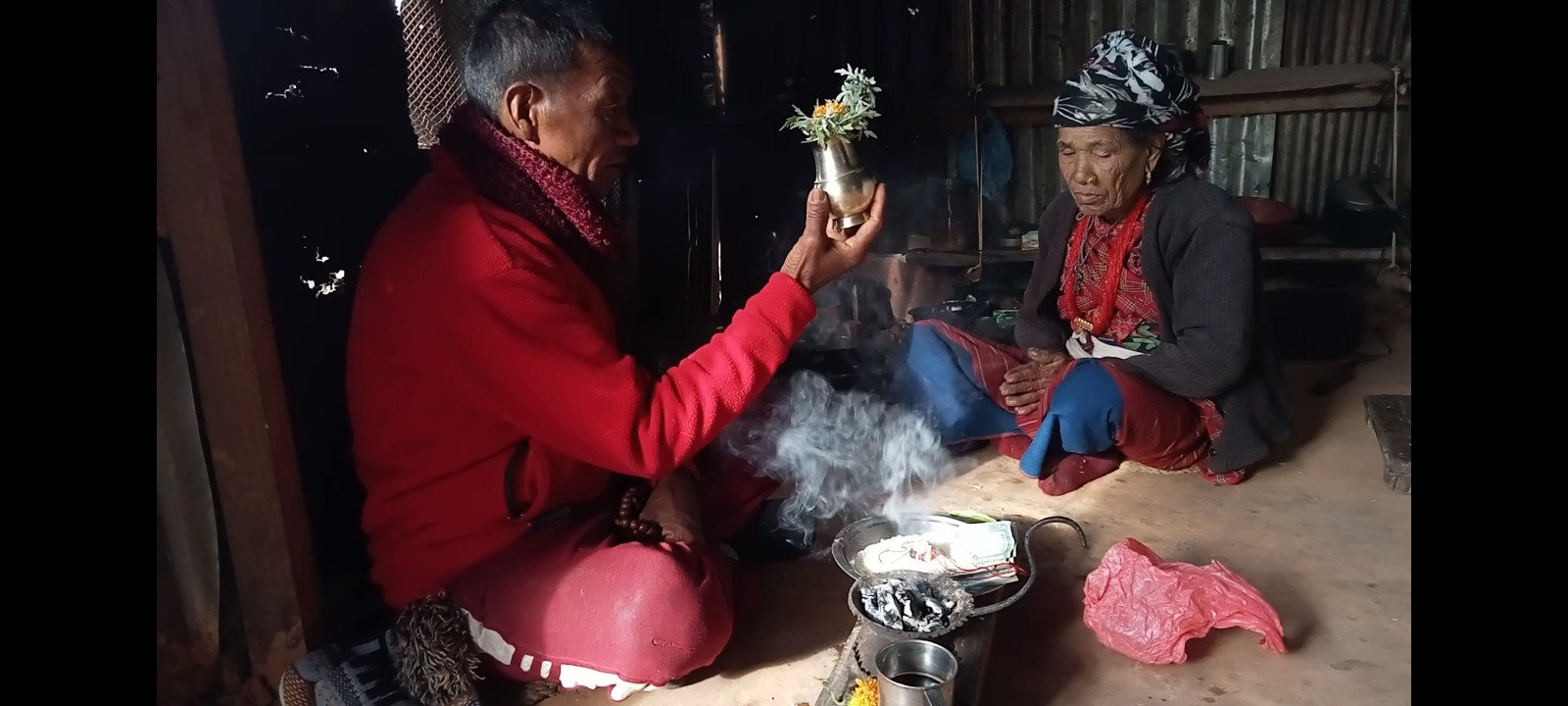





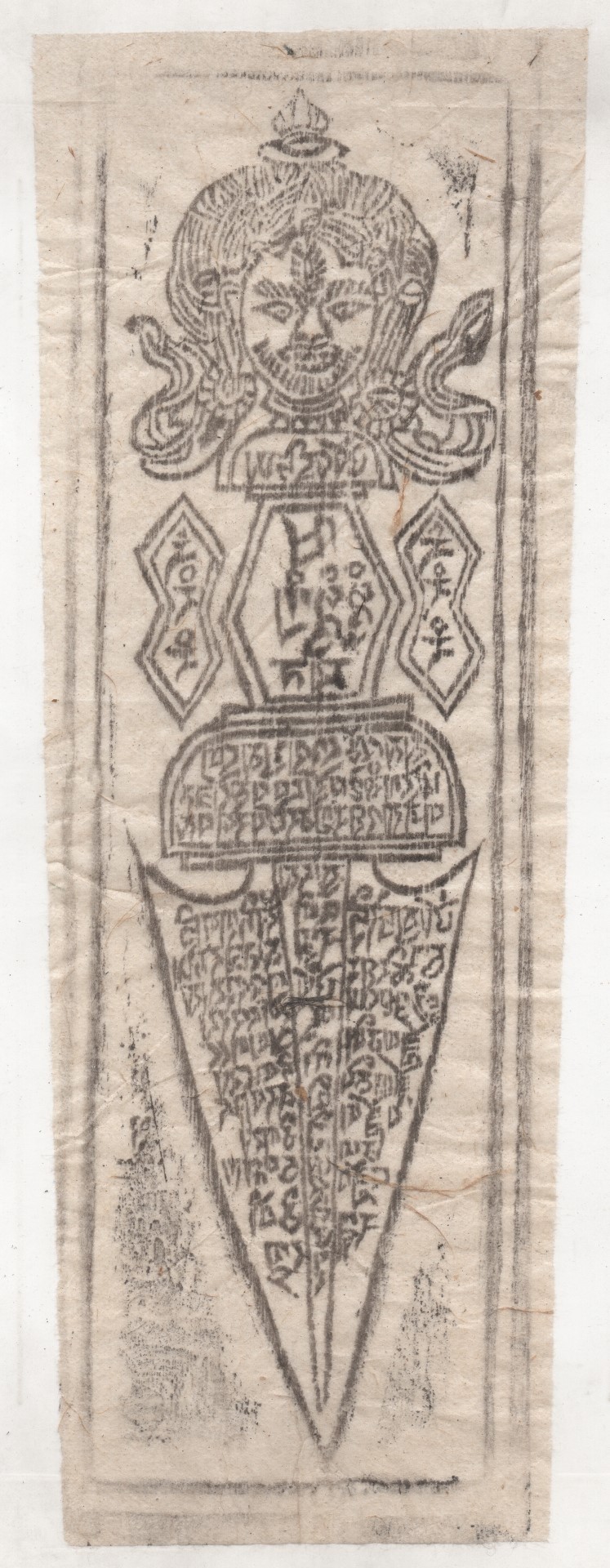



Designed & Developed by: Curves n' Colors | Visual identity by: Wkshps
